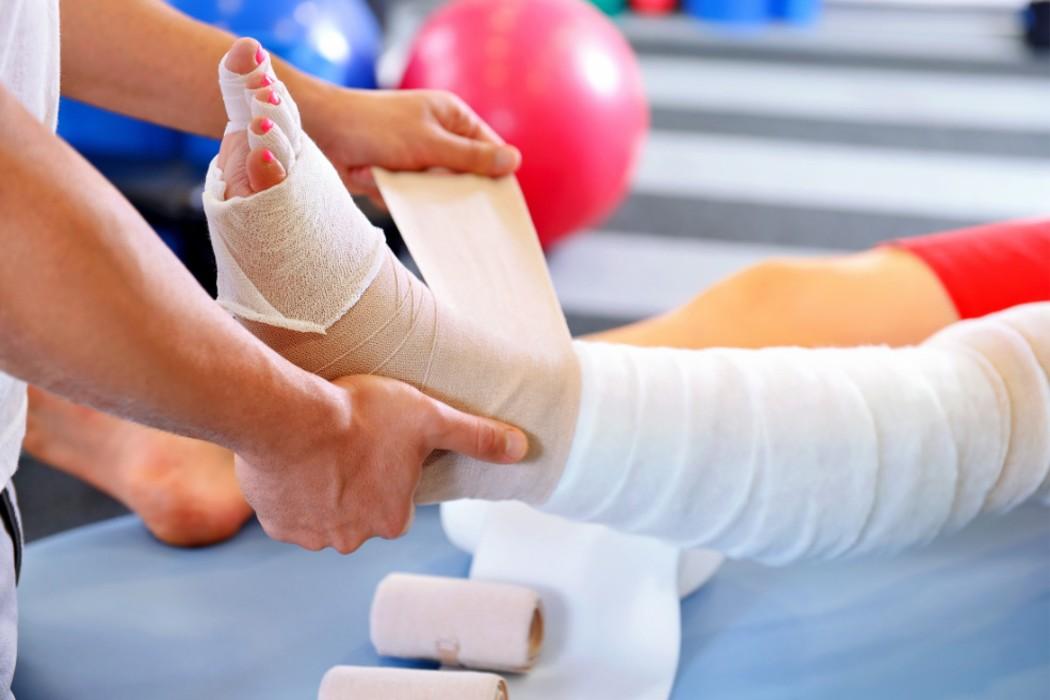Causes of Lymphedema
Lymphedema occurs when the lymphatic system is damaged or blocked, preventing lymph fluid from draining properly. This allows fluid to build up in tissues causing swelling. There are a few main causes of lymphedema:
Surgery or radiation therapy - Cancer treatments like surgery, radiation therapy, or both to remove or treat lymph nodes in the underarm or groin area can damage the lymphatic system. This is a common cause of lymphedema for breast cancer or gynecological cancer survivors.
Injury or infection - Direct injuries or infections in areas where lymph nodes are located can destroy lymph vessels or nodes. Filariasis, a tropical disease caused by parasitic roundworms, is one of the leading causes of lymphedema worldwide.
Congenital conditions - Rarely, some people are born with lymphedema, called congenital lymphedema, due to defects in the lymphatic system present at birth.
Lymphedema Stages and Symptoms
Lymphedema is classified into stages based on symptoms and extent of swelling:
Stage 0 - swelling is not yet present but risk factors for Lymphedema Treatment exist. This stage focuses on risk reduction practices.
Stage 1 - early swelling that can be reduced with elevation of the affected limb. Skin retains its elasticity.
Stage 2 - swelling increases and skin may begin to feel firmer with early tissue buildup under the skin. Elevation offers less swelling reduction.
Stage 3 - swelling has advanced, with hardening and thickening of skin from excess fluid and tissue buildup. Skin has lost its elasticity.
Symptoms include heavy or aching feeling in the arm or leg, tightness or stiffness, difficulty moving or bending the joint, tight rings or watches feeling too tight, and visible swelling.
Treatment Options for Lymphedema Management
Combining different Lymphedema Treatment methods offers the best approach for long-term lymphedema management:
Manual lymph drainage (MLD) - A gentle, skin-stretching technique done by hand to encourage lymph to drain. Typically performed daily by patients or as part of PT.
Compression therapy - Wearing compression garments or bandages helps absorb excess fluid. Bandages/sleeves are customized to the level of swelling.
Exercise - Gentle range-of-motion and strengthening exercises improve lymph and blood circulation to help drain fluid. Exercise may include swimming or water therapy.
Skin and nail care - Daily skin care helps prevent infection, which can worsen lymphedema. Keeping nails trimmed and clean is also important.
Risk reduction practices - Things like using sunscreen, avoiding tight clothes or jewelry, and protecting arms/legs from injury can help prevent worsening or new occurrences.
Lymphedema therapy devices - Pneumatic compression pumps use air pressure around the limb to help drain swelling. Multi-chamber compression helps reduce swelling significantly.
Medications - Diuretics may help temporary swelling but are not a long-term treatment. Antibiotics treat infections which could exacerbate lymphedema.
Get more insights on Lymphedema Treatment
Lymphedema Treatment: Managing Swelling and Improving Mobility

